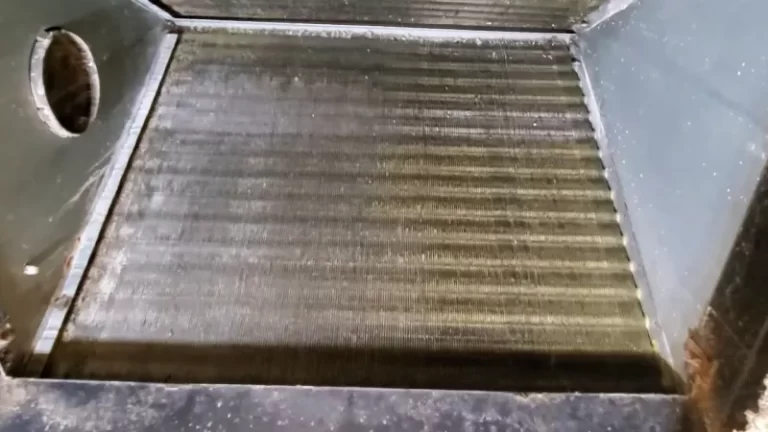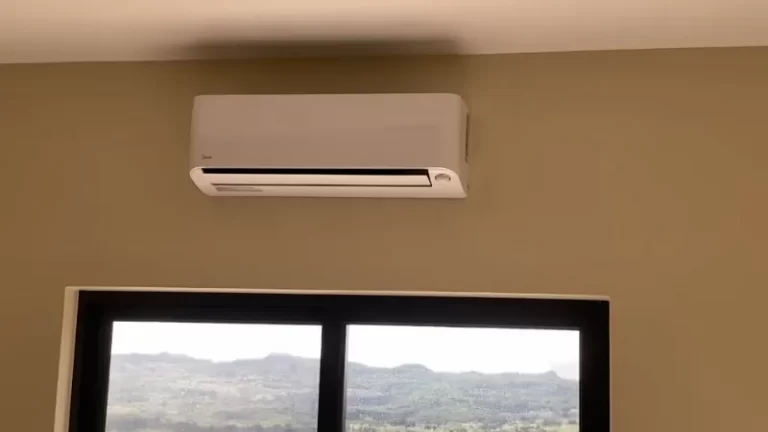Dual Evaporator Refrigerator Problems and Solutions
Dual evaporator refrigerators are a popular appliance choice due to their innovative cooling system which utilizes two separate evaporators, one for the freezer and one for the refrigerator compartment.
This results in improved temperature control and preservation of food, but like all appliances, it can also come with its own set of problems. Regular maintenance can help prevent these issues from arising, but if they do occur it’s important to address them promptly.
In this blog, we will discuss five to ten common dual evaporator refrigerator problems that homeowners may encounter, including possible causes and solutions to these issues.
You'll Learn About
Dual Evaporator Refrigerator Problems
Dual evaporator refrigerators have two separate cooling systems, one for the freezer and one for the refrigerator. While this feature is beneficial for preserving the freshness of food, it can also lead to problems. Some common issues with dual evaporator refrigerators include:
- Not Cooling: If both the freezer and refrigerator sections are not cooling, it could be a problem with the main control board. Check the compressor or evaporator coils and fan to see if they are in good condition and free of any obstructions.
- Not Defrosting: If the refrigerator is not defrosting, it may require the help of a repair expert, and some parts may need to be replaced.
- Making Noise: If the refrigerator is making noise, it could be due to a problem with the fan or the refrigerant system.
In general, it’s important to have any issues with a dual evaporator refrigerator addressed promptly to ensure the proper functioning and preservation of food.
Problem #1: Not Cooling
One of the most common problems with dual evaporator refrigerators is the failure of one or both compartments to maintain their temperature. There are several possible causes of this issue, including a malfunctioning thermostat, a dirty condenser coil, a malfunctioning compressor, or a clogged or obstructed air duct.
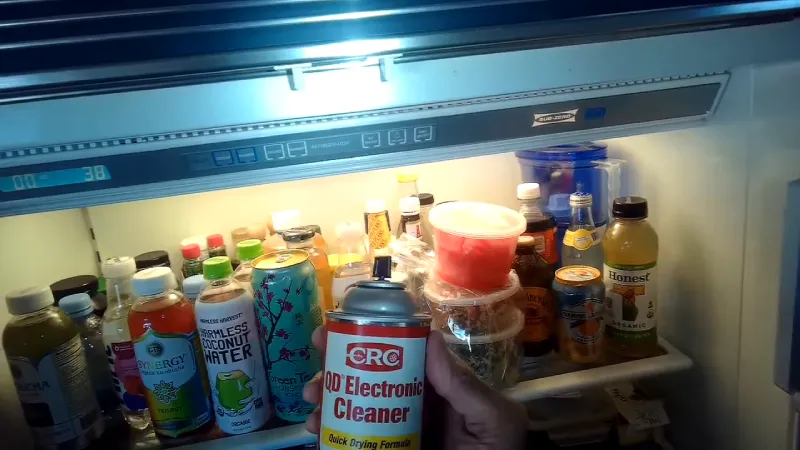
How to Diagnose the Problem
To diagnose the problem, start by checking the thermostat to ensure it is set to the correct temperature. If the thermostat is functioning properly, check the condenser coil for dirt and debris and clean it if necessary.
If the condenser coil is dirty and cleaning it doesn’t resolve the issue, it’s possible that the compressor is failing. To check the compressor, listen for a humming sound when the refrigerator is running.
If there is no sound, the compressor may need to be replaced. Finally, check the air duct for any obstructions and clear them if necessary.
Recommended Solutions
If the thermostat is not functioning properly, it will need to be replaced. If the condenser coil is dirty, cleaning it should resolve the issue. If the compressor is failing, it will need to be replaced by a professional.
Finally, if there are any obstructions in the air duct, they will need to be removed to allow proper airflow.
a failure of the dual evaporator refrigerator to maintain its temperature can be caused by several issues, including a malfunctioning thermostat, a dirty condenser coil, a failing compressor, or an obstructed air duct.
To diagnose the problem, start by checking the thermostat, then the condenser coil, the compressor, and finally the air duct. The solution will depend on the cause of the issue and may involve cleaning the condenser coil, replacing the thermostat or compressor, or removing an obstruction from the air duct.
Problem #2: Not Defrosting
One of the most common problems that dual evaporator refrigerators face is the failure of the defrost system. A faulty defrost system can lead to frost buildup on the evaporator coils and fans, causing the refrigerator to work less efficiently and ultimately leading to cooling problems.
There are several reasons why a dual evaporator refrigerator’s defrost system may fail. One of the most common causes is a malfunctioning defrost thermostat, which regulates the temperature in the freezer and prevents frost from building up.
Another cause is a faulty defrost timer, which determines when the defrost cycle should start. Additionally, a clogged drain can prevent the defrost water from flowing out of the freezer, leading to frost buildup.
How to Diagnose the Problem
If you notice frost buildup on the evaporator coils or fans, or if your dual evaporator refrigerator is not defrosting properly, there are several steps you can take to diagnose the problem. First, check the defrost thermostat to see if it is functioning properly.
You can do this by testing the resistance of the thermostat with a multimeter. If the thermostat is not working, it should be replaced.
Another way to diagnose the problem is to check the defrost timer. If the timer is not functioning properly, it can be replaced. Additionally, if you notice water buildup in the freezer, you can check the drain to see if it is clogged.
If it is, you can clean it to allow the water to flow freely.
Recommended Solutions
If your dual evaporator refrigerator is not defrosting properly, it’s important to address the issue as soon as possible. In many cases, a faulty defrost thermostat or timer can be replaced easily, restoring the defrost system to proper functioning. Additionally, if you notice frost buildup on the evaporator coils or fans, it’s important to clean them and remove any obstructions to ensure proper air flow.
In some cases, more serious problems such as a malfunctioning defrost heater or control board may be the cause of the defrost failure. If this is the case, it’s recommended to seek the help of a repair expert to diagnose and fix the issue.
it’s important to regularly check and maintain your dual evaporator refrigerator to ensure that the defrost system is functioning properly. Addressing any issues as soon as they arise can help prevent more serious problems from developing, and keep your refrigerator running efficiently for years to come.
Problem #3: Making Noise
Refrigerators are meant to work quietly and smoothly. If your dual evaporator refrigerator is making noise, it may be a sign of a problem that needs to be addressed.
Some of the most common causes of noise in refrigerators include:
- Loose or worn-out fan blades
- Loose parts in the refrigeration system
- A malfunctioning compressor
- A failing condenser fan
How to Diagnose the Problem
If your refrigerator is making noise, the first step is to determine the source of the noise. To do this, you should start by listening closely to the refrigerator when it is running. If the noise is coming from
Problem #4: Leaks
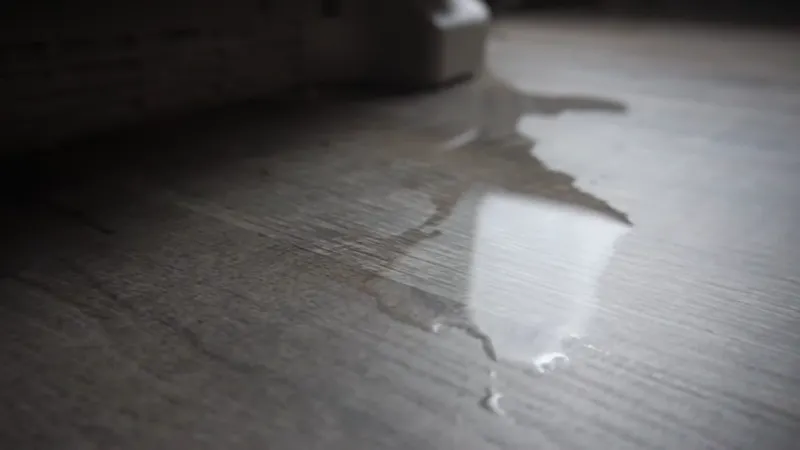
A leak in your dual evaporator refrigerator can be a major inconvenience, as well as a potential health hazard if the leaking water gets in contact with food. Some of the most common causes of leaks in refrigerators include:
- Clogged defrost drain
- Broken water line
- Damaged door gasket
- Malfunctioning icemaker
How to Diagnose the Problem
Diagnosing the cause of a leak in your refrigerator can be challenging, but it is essential to identify the problem to determine the best course of action. To diagnose the problem, start by inspecting the interior and exterior of the refrigerator for signs of water damage.
If you find water on the floor around the refrigerator, it is likely a leak. Another way to diagnose a leak is to inspect the icemaker and water line for any visible signs of damage or leaks.
Recommended Solutions
Once you have identified the cause of the leak, you can take steps to resolve the issue. Some common solutions include:
- Clearing a clogged defrost drain by using a mixture of hot water and vinegar to flush out any blockages.
- Replacing a broken water line by hiring a professional to repair or
Problem #5: Door Seal Issues

The door seal on a dual evaporator refrigerator is critical for maintaining the correct temperature inside the unit. If the door seal is damaged, it can allow cold air to escape, causing the refrigerator to work harder and potentially lead to increased energy consumption.
Door seals can become damaged due to regular wear and tear, or as a result of improper cleaning.
How to Diagnose the Problem
If you suspect that your dual evaporator refrigerator has a door seal problem, you can perform a simple test to confirm it. Close the door on a piece of paper and try to pull the paper out. If you can easily remove the paper, then the door seal is likely damaged.
Another way to check the door seal is to inspect it for cracks, tears or signs of wear and tear.
Recommended Solutions
If you have identified that your door seal is damaged, it is important to repair it as soon as possible. Replacing a door seal is a simple DIY task, and the seals can
Problem #6: Power Issues
One of the most common issues with dual evaporator refrigerators is power failure. There can be various reasons why this is happening, including tripped circuit breaker, a blown fuse, or a damaged power cord.
In some cases, the refrigerator’s internal components, such as the compressor or control board, can also be the culprit.
How to Diagnose the Problem
If your dual evaporator refrigerator is not turning on or has stopped working, the first step is to check if there is a tripped circuit breaker or a blown fuse. If the breaker is tripped, reset it, and if the fuse is blown, replace it.
If the problem persists, unplug the refrigerator and check the power cord for any visible damage. If there is damage, the cord should be replaced. If the cord is in good condition, the issue is likely with the internal components of the refrigerator.
Recommended Solutions
If the problem is with the power cord, the solution is straightforward:
Problem #7: Thermostat Issues
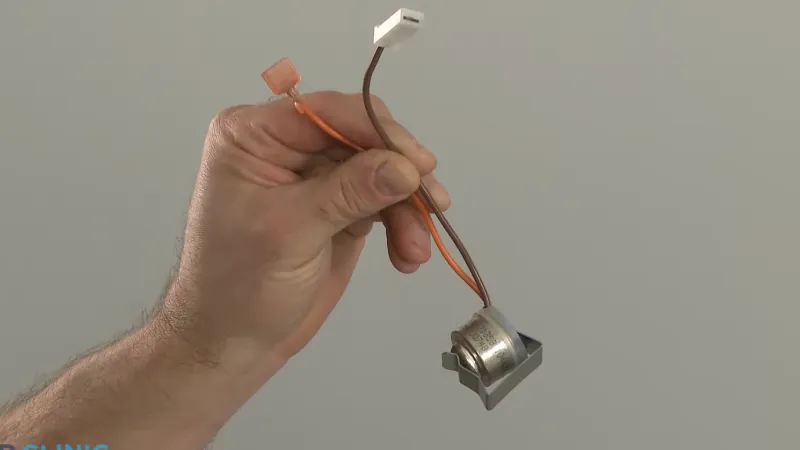
The thermostat controls the temperature in the refrigerator and freezer compartments. If the thermostat is not working correctly, it can cause temperature fluctuations and result in spoiled food.
Some common causes of thermostat failure include:
- Age – Over time, the thermostat can wear out and fail to work properly.
- Electrical issues – A power surge or a short circuit can cause damage to the thermostat and result in it not working correctly.
- Physical damage – Dropping the thermostat or exposing it to extreme temperatures can cause damage and result in failure.
How to Diagnose the Problem
To determine if the thermostat is causing the problem, you can check the temperature in both the refrigerator and freezer compartments. If one or both are too warm or too cold, it may be a sign that the thermostat is not working correctly. Additionally, if you can hear a clicking sound coming from the thermostat, it may indicate that it is trying to cycle but not working properly.
Recommended Solutions
If the thermostat is the cause of the problem, it will need to be replaced. This is a job best left to a professional as it requires removing the back panel and disconnecting electrical wires. A new thermostat can be purchased from the manufacturer or a local appliance store.
Before installing the new thermostat, be sure to unplug the refrigerator and let it sit for several hours to allow the refrigerant to dissipate. This will help ensure your safety during the repair.
Problem #8: Ice Build-up
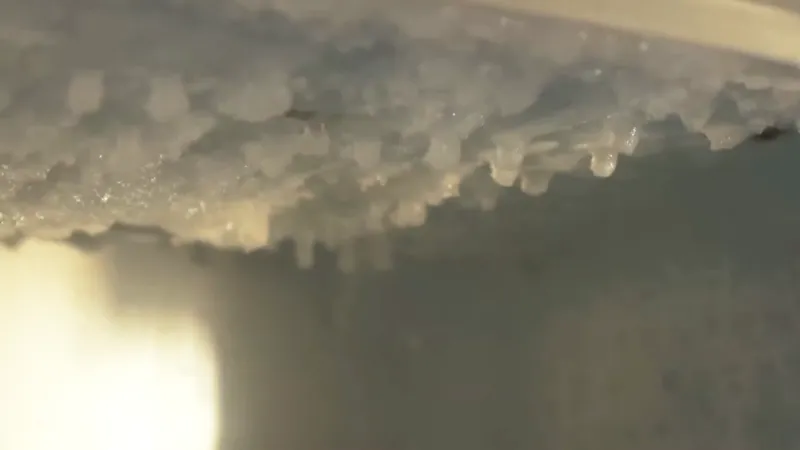
There can be several reasons why ice is building up in your dual evaporator refrigerator. Some of the most common causes include:
- Dirty evaporator coils
- Obstruction in the air flow
- Defective fan
- Broken defrost system
How to Diagnose the Problem
To diagnose the issue of ice build-up, you can follow these steps:
- Check the evaporator coils and fan to see if they are clean and unobstructed.
- If the coils and fan are dirty, clean them.
- If the fan is obstructed, remove the obstruction.
- If the fan is not working, replace it.
Recommended Solutions
Here are some recommended solutions to solve the problem of ice build-up in your dual evaporator refrigerator:
- Clean the coils and fan regularly to ensure proper air flow.
- Remove any obstructions from the fan.
- Replace the fan if it is not working.
- If the defrost system is not working, you may need to call a repair expert to fix it.
Problem #9: Unpleasant Odors
Unpleasant odors in a dual evaporator refrigerator can be caused by a variety of factors, including spoiled food, mold or bacteria buildup, or even chemicals used in the refrigeration process. These odors can be unpleasant and even affect the taste of food stored in the refrigerator.
How to Diagnose the Problem
To diagnose the problem, you can start by checking for any spoiled or expired food items in the refrigerator and disposing of them. You can also check for any mold or bacteria buildup, particularly in the gaskets or seal of the refrigerator door, and clean the affected areas thoroughly. If the problem persists, you may want to consider checking for any leaks or malfunctions in the refrigeration system.
Recommended Solutions
The most effective solution for unpleasant odors in a dual evaporator refrigerator is to thoroughly clean the interior, including the shelves and gaskets, and dispose of any spoiled or expired food items.
Using baking soda or a similar odor-eliminating product can also be effective. If the problem persists, it may be necessary to have a professional repair the refrigeration system to prevent any leaks or malfunctions that may be contributing to the unpleasant odors.
In severe cases, it may be necessary to replace the refrigerator entirely.
Problem #10: Drainage Issues
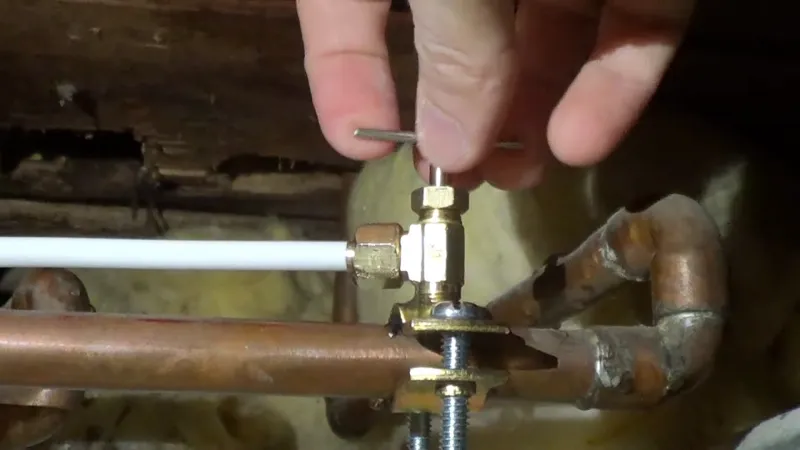
Causes of Drainage Problems
There are several reasons why a dual evaporator refrigerator may experience drainage issues, including clogged drain lines, improperly installed drain pans, and faulty defrost thermostats. Additionally, the build-up of ice and frost can also contribute to drainage problems, as the melted ice and frost can overwhelm the drain system and cause water to leak out of the refrigerator.
How to Diagnose the Problem
To diagnose drainage issues in your dual evaporator refrigerator, first, check the drain pan located underneath the appliance. If the drain pan is full of water, this may indicate a clogged drain line.
Next, inspect the drain lines to see if they are clogged or obstructed. If the drain lines are clear, the issue may be a faulty defrost thermostat, which is responsible for controlling the defrost cycle and preventing the build-up of ice and frost.
Recommended Solutions
If you suspect that your dual evaporator refrigerator is experiencing drainage issues, it is recommended to clean the drain lines to remove any clogs or obstructions. If the problem persists, it may be necessary to replace the drain pan or the defrost thermostat.
Additionally, regular cleaning and maintenance of the refrigerator can help prevent the build-up of ice and frost, which can contribute to drainage problems. If you are unsure of how to diagnose or fix the problem, it is always best to contact a professional repair technician for assistance.
Conclusion
Dual evaporator refrigerators are a great investment for households and businesses as they offer several benefits, including enhanced cooling and preservation of food items. However, like any other appliance, these refrigerators can experience problems.
It is important to identify these issues early and seek repair to avoid more significant problems in the future. Regular maintenance is key to ensuring that refrigerators operate efficiently and effectively. Bettrazoni also has some similar to this.
By following the recommended solutions and taking care of your dual evaporator refrigerator, you can enjoy its benefits for years to come. So, be vigilant and proactive in identifying and fixing any problems that may arise, and your refrigerator will continue to provide you with reliable cooling and preservation.

